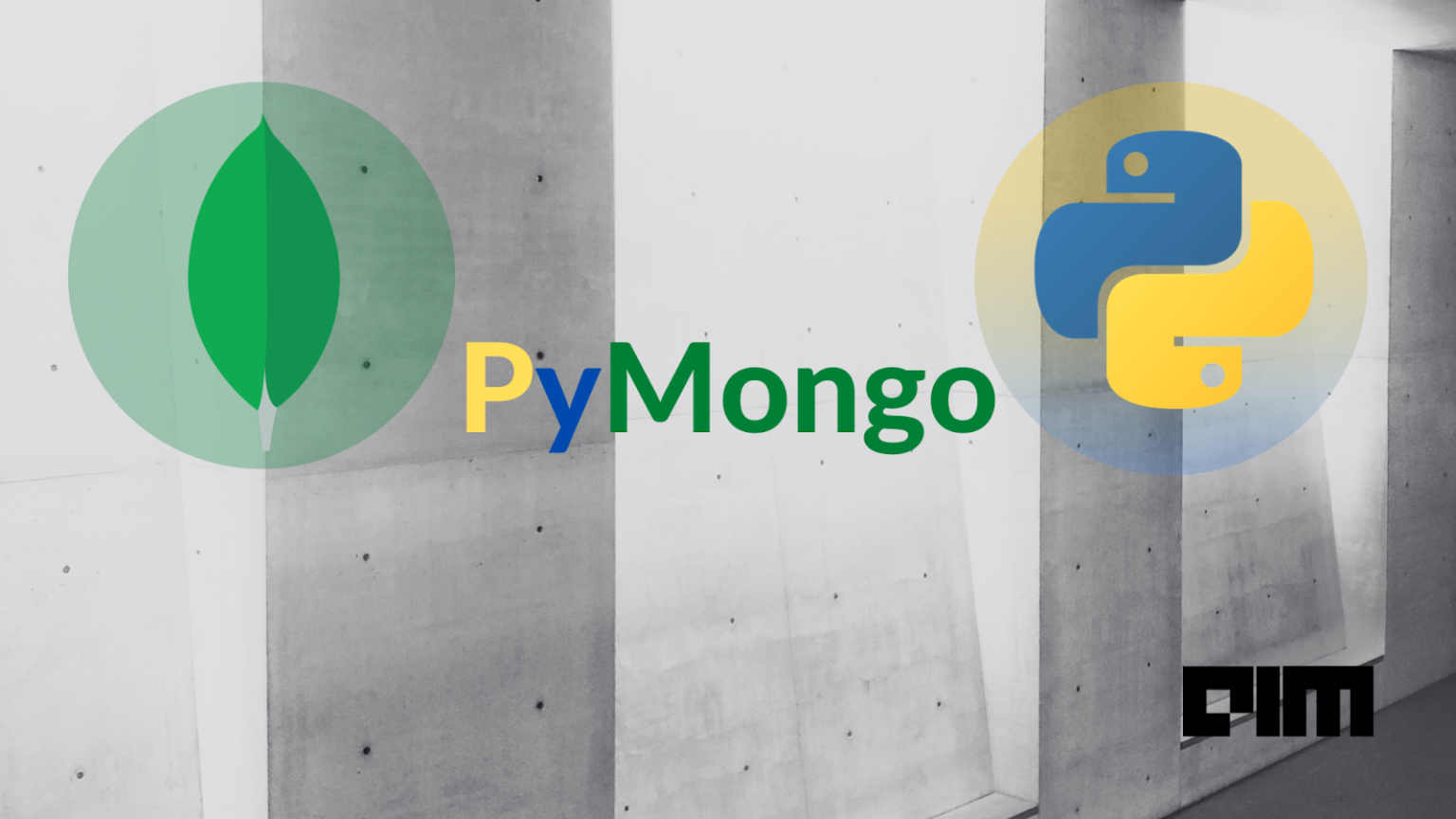If you’re experiencing issues where the list of containers is not displayed when you try to stop or remove containers in Docker, there could be a few potential reasons for this behavior. Here are some troubleshooting steps to help you resolve the issue: If it’s not running, you can start it using: And for removing…
Tag: docker
Docker volume to mount
The -v flag in Docker is used to specify a volume to mount into a Docker container. A volume in Docker is a way to share data between a container and the host machine, or between containers. This allows you to persist data, share files, or communicate between containers. The basic syntax for using the…
Running RabbitMQ on Docker
Running RabbitMQ on Docker is a straightforward process. Docker allows you to easily create and run containers, and RabbitMQ provides an official Docker image that makes it even simpler to set up. Here are the steps to run RabbitMQ on Docker: This command downloads the latest version of the RabbitMQ image. Explanation of the command:…
Connect to a MongoDB container
To connect to a MongoDB container using PyMongo with a URI, you can follow these steps: Replace the placeholders with your actual values. Here’s an example URI: Here’s an example script that puts it all together: Remember to replace “username”, “password”, “localhost”, “27017”, and “mydatabase” with your actual MongoDB container information. Note: Make sure your…
Configuring Docker with MongoDB and connecting it with PyMongo
Configuring Docker with MongoDB and connecting it with PyMongo involves several steps. Docker allows you to create isolated environments (containers) for applications, and PyMongo is a Python driver for MongoDB. Here’s a step-by-step guide: Step 1: Install DockerIf you haven’t already, install Docker on your machine. You can download it from the official Docker website:…


